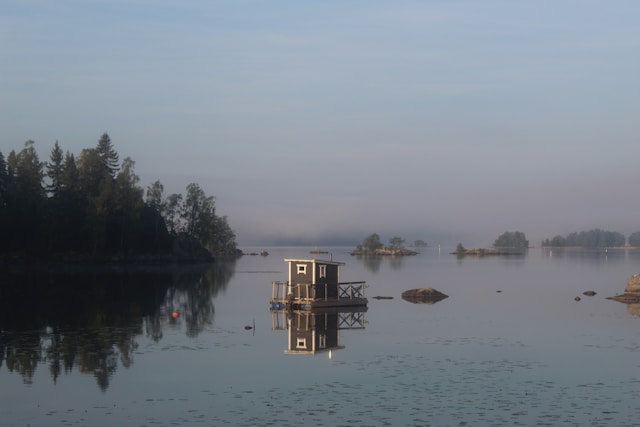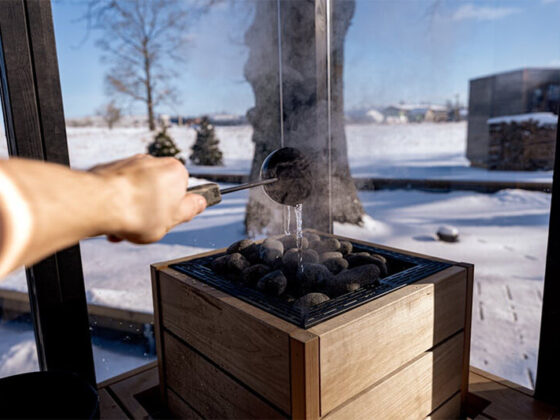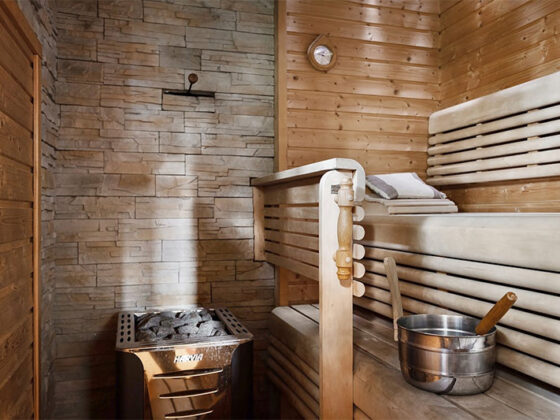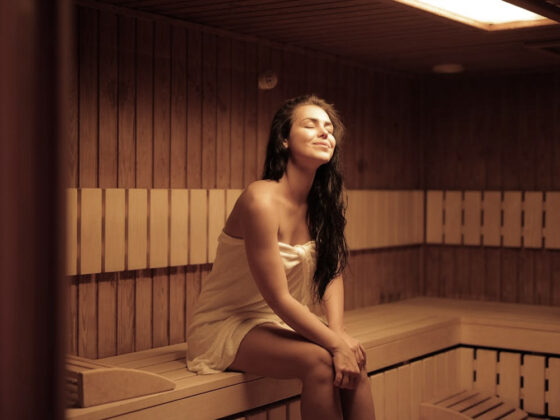Step back in time, long before modern Finland existed. The landscape is a vast expanse of forests and lakes, blanketed by snow for much of the year. Survival here isn’t just a goal; it’s a daily struggle. In this challenging environment, an institution was born not just for cleanliness, but for life itself: the sauna.
The earliest Finnish saunas, dating back thousands of years, were humble and primal. Known as maasauna (ground sauna), they were essentially pits dug into a slope, covered with a rustic roof. A pile of stones (kiuas) was heated for hours. Once scorching hot, water was thrown onto them, creating waves of steam, or löyly, within the earthen chamber.
This wasn’t just about getting clean. This was the original multi-purpose room.
The Womb of Life and a Sacred Space
The ancient sauna evolved into the iconic savusauna or smoke sauna. This was a windowless log building with a large stone stove but no chimney. A fire burned for hours, heating the stones and filling the room with thick smoke. Once the stones were hot enough, the fire was extinguished, and the smoke was vented through a small hole or by cracking the door. What remained was a soft, enveloping heat and the rich, tar-like aroma of smoke-impregnated wood.
In the sterile, smoky warmth of the savusauna, life’s most profound events unfolded. It was the original hospital and maternity ward. Women gave birth in the clean, protected environment of the sauna. The sick were brought here to be healed, and the bodies of the deceased were given their final wash, prepared for the journey ahead. The sauna was a place of birth, life, and death.
More Than Just Steam: The Spirit of Löyly
For the ancient Finns, the sauna was a deeply spiritual and sacred place, a church before churches existed. It was considered a gateway between the physical and spiritual worlds. The word for steam, löyly, originally meant “spirit” or “life.” To throw water on the stones was to summon the very spirit of the sauna.
This sacred space was believed to have a guardian, the saunatonttu (sauna elf). To ensure good löyly and protection, one had to behave respectfully. Shouting, cursing, or behaving rudely was forbidden. One entered the sauna as they would a holy site, leaving the troubles of the outside world at the door.
The smoke sauna wasn’t just a building; it was the heart of the homestead. It was a place of physical and spiritual purification, a guarantor of health, and a silent witness to the entire cycle of human existence. This ancient foundation of smoke, stone, and spirit is where the soul of Finnish culture was forged.




